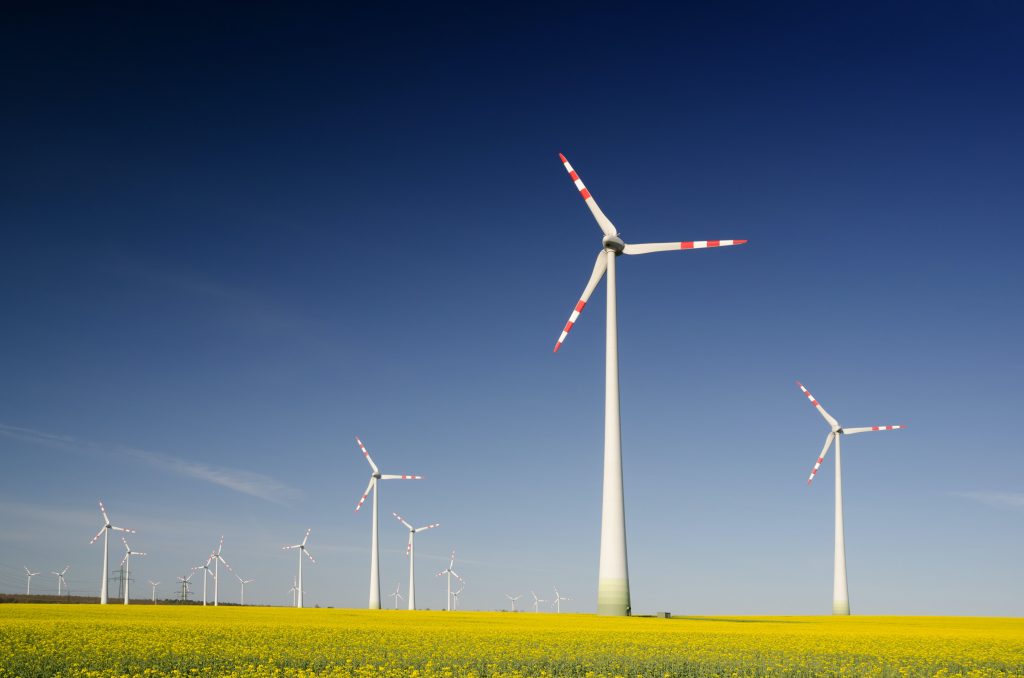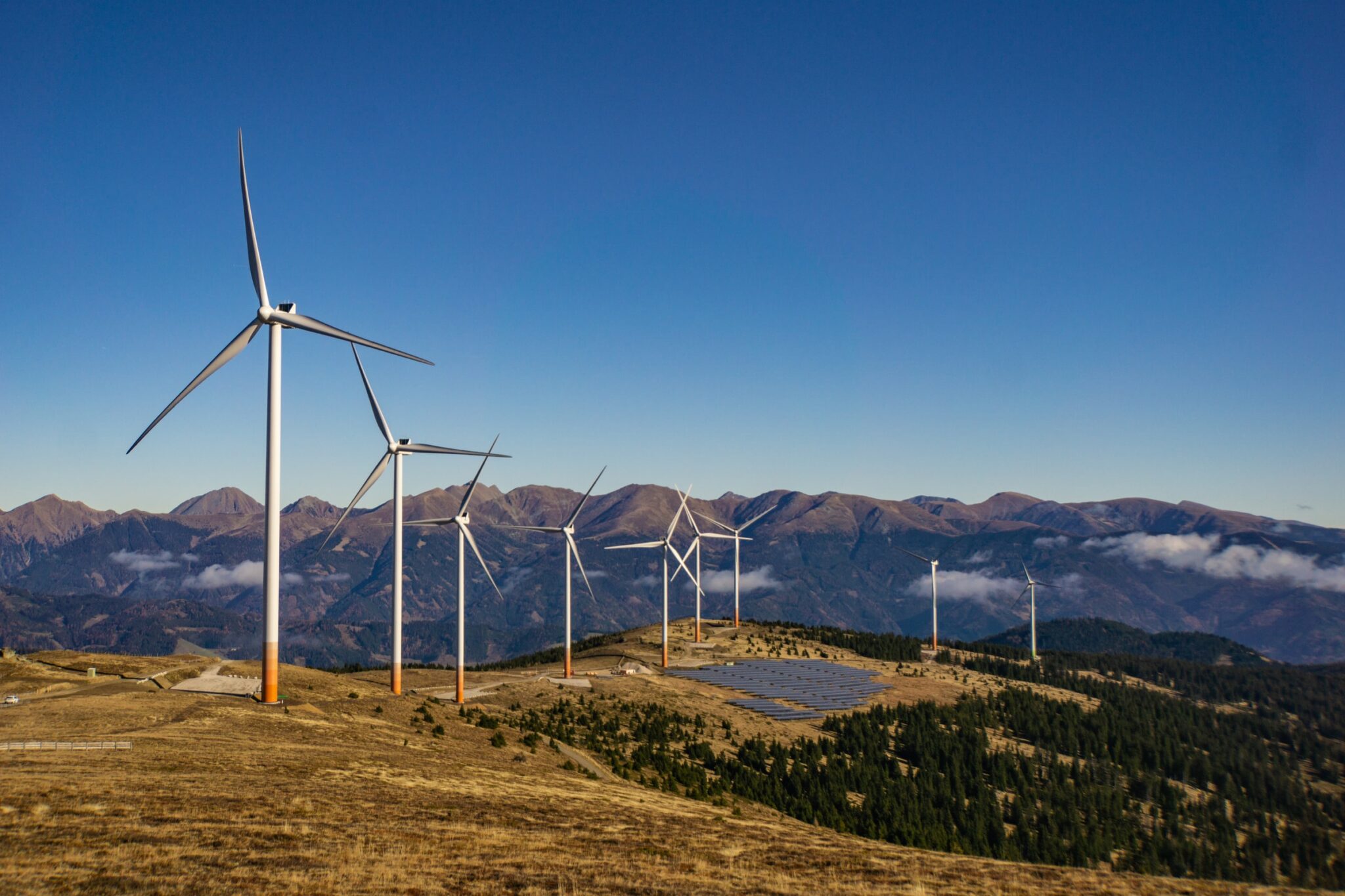The electricity markets are gaining importance as traditional fossil fuels are slowly phased out of the energy mix. In other words, crude oil desks are shrinking while gas and power trading desks are expanding. Do you want to learn more about this fascinating market?
The Day-Ahead Market
The day-ahead (aka DA) market is the primary market for power trading in many regions.
The market trades contracts for physical delivery, ie physical power delivery in specific intervals (1 hour, 15 min, 5 min) for the next day.
Participants make bids and offers into a system, which then determines the prices for each time slot given the total availability of physical demand and supply.
The DA Market focuses on forecasting and trading the power availability for the next day, but the resulting allocated electricity will have to be adjusted during the day on the Intraday market.

The Intraday Market
The Intraday market focuses on matching the real demand of electricity with the “planned” supply as per the day-ahead market.
In other words, the day-ahead markets contracted the planned level of electricity supply&demand for the next day.
Later as the next day starts, the real electricy demands need to be supplied, which means that whenever there is a difference, it can be purchased or sold in the intraday market.

The Balancing Markets
In the balancing markets, the main objective is to fine-tune the demand & supply of electricity at the level of frequency required, which in Europe is 50 Hz.
The balancing markets are generally further divided into 3 reserves, the Primary, Secondary, and Tertiary reserves.
Frequency imbalances are generally automatically addressed by the primary and secondary reserves, but the tertiary reserve usually needs to be activated manually.
More Info
Wind Power: Everything You Need To Know








